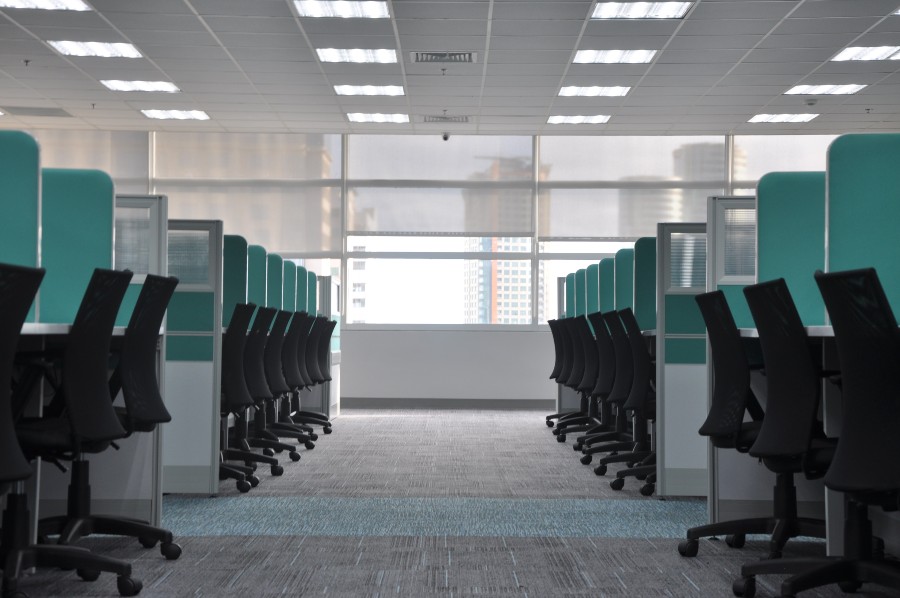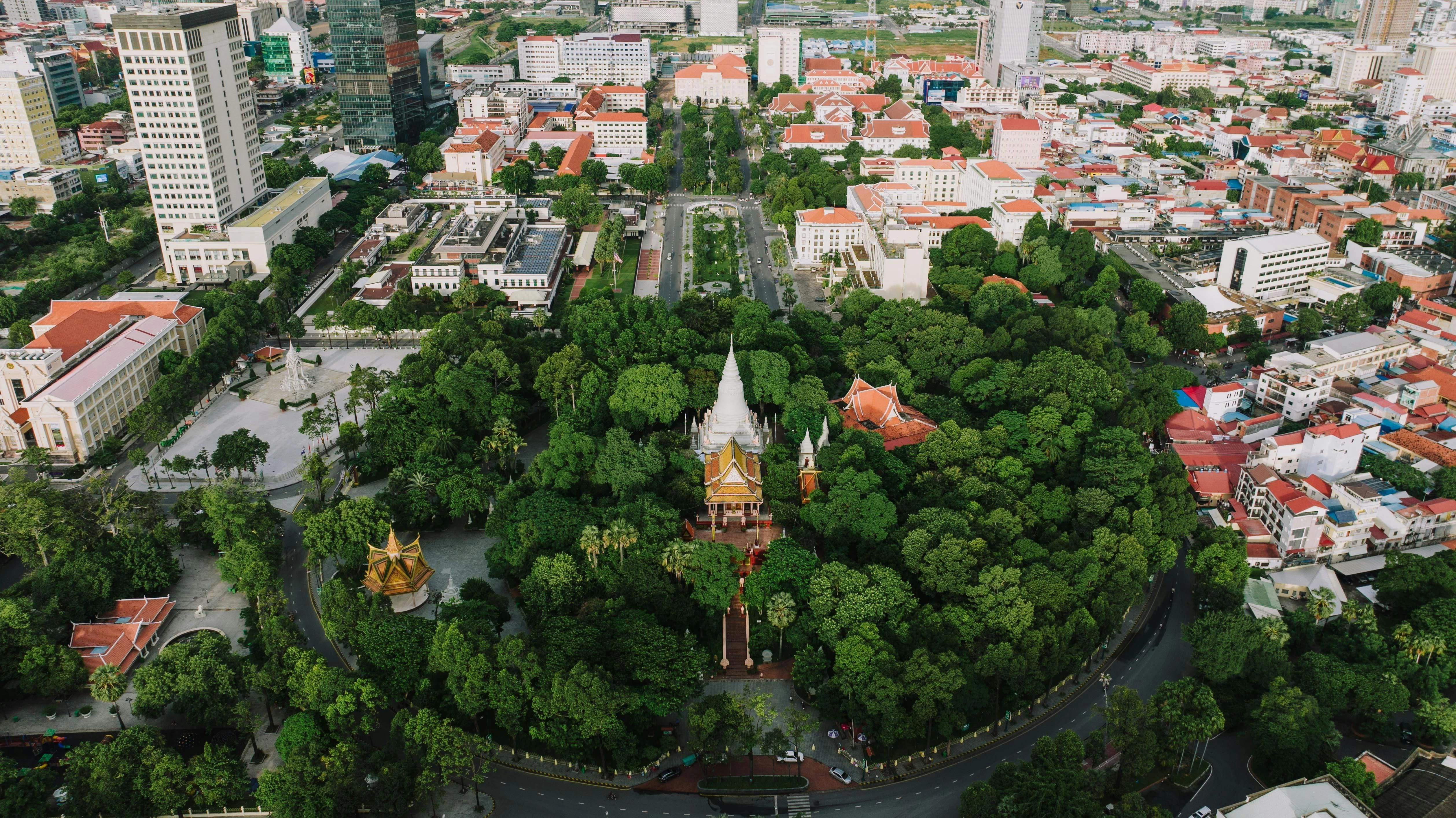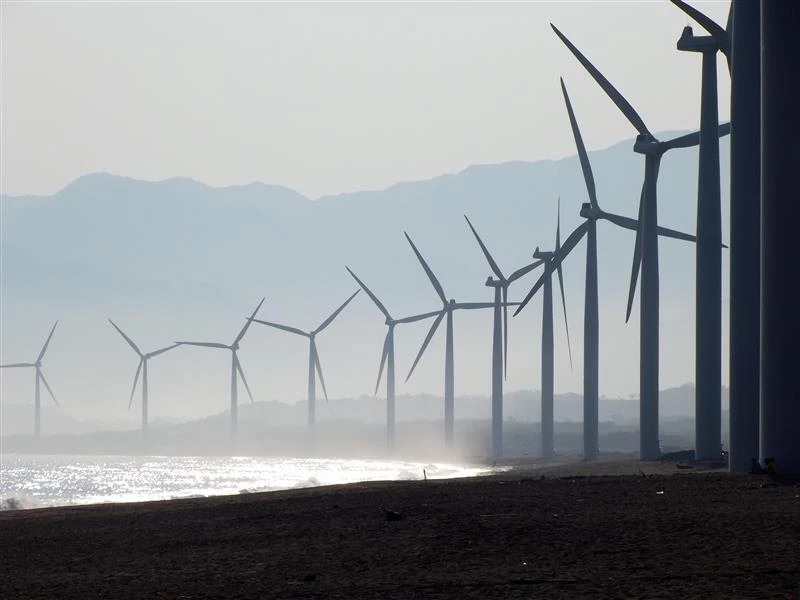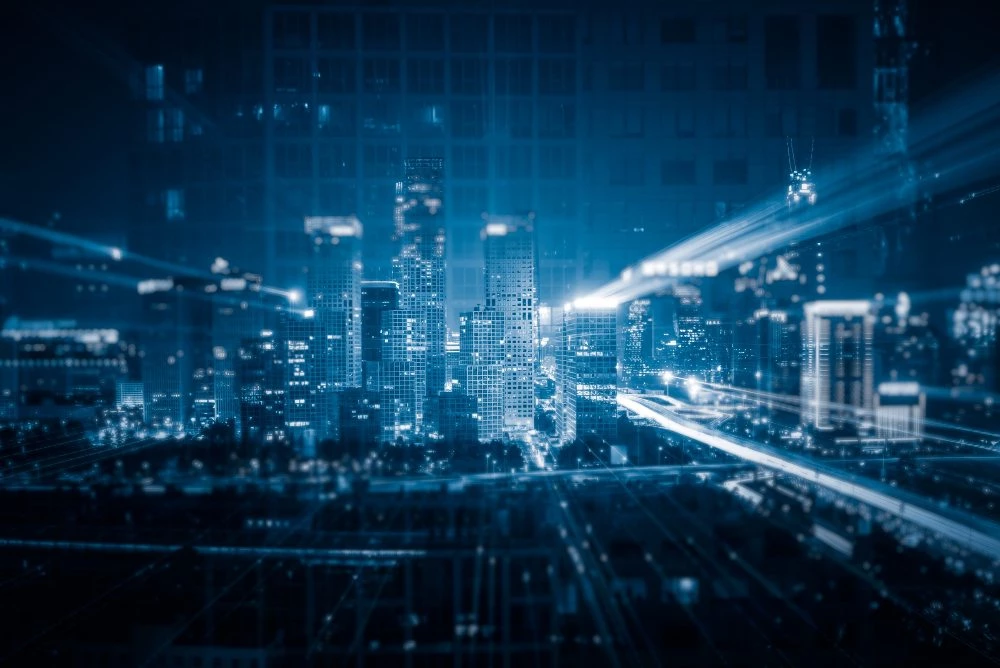What should businesses and professionals in the Philippines expect in the second half of 2022? As part of a new series, YCP Solidiance will be releasing several in-depth articles that revisit previously analyzed emerging business trends in the Philippines, guided by research and analysis from our team of professionals in the country. Read the first issue here.
Read the fourth installment below to understand why hybrid work setups are trending among several industries and how this will translate heading into the second half of 2022 and early 2023. To read future installments of this series, subscribe to our newsletter here.
Due to the COVID-19 pandemic, many businesses adopted work-from-home (WFH) setups that did not require the physical presence of employees at offices. In the Philippines, with business conditions gradually normalizing, employers are now shifting toward normalizing hybrid and back-to-office work setups heading into the last quarter of 2022 and early 2023.
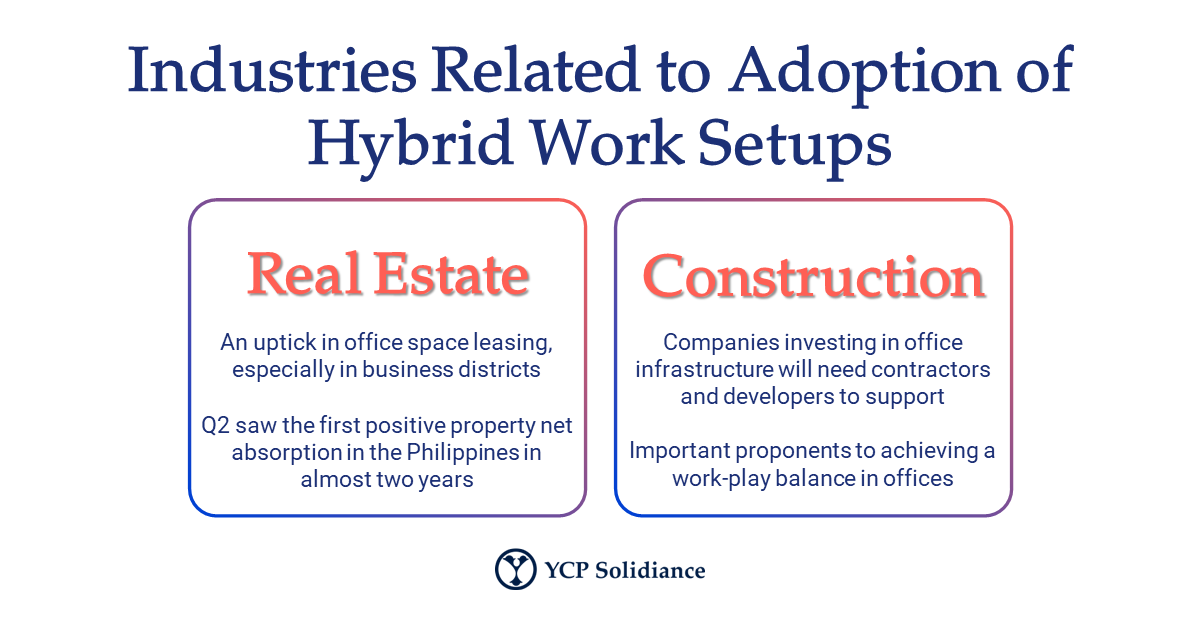
Hybrid Work Setups in the Philippines
While the adoption of hybrid work setups will have a significant impact on the day-to-day of employees, it also presents a promising opportunity for the parties involved as such development entails investment across several areas. Of the industries set to benefit, the real estate and construction industry will likely experience an influx of growth.
For instance, those in the real estate sector should expect to see a sustained uptick in office leasing as more companies are opting to lease office spaces located in Metro Manila’s central business districts. In fact, during Q2, the Philippines managed to register its first positive property net absorption after seven consecutive negative quarters. This trend is likely to continue as 2022 closes out and 2023 approaches. Given that real estate developers suffered major losses during the pandemic, the increase in leasing activity is a welcome change.
Moreover, construction industry stakeholders are also set to benefit as companies are heavily investing in office space infrastructure to entice employees with hybrid setups. As reported by The Manila Times, tech-enabled companies like logistics provider Ninja Van Philippines shifted fully to a hybrid work setup. To create a conducive work environment for the hybrid setup, the company has also allocated investments toward the infrastructure of its headquarters located in Makati City, the central business district in Metro Manila. Given that the infrastructural improvements involve things like a fitness center, wellness areas, and individual call booths, construction players will surely benefit from such projects.
Implications of Hybrid Work Setups
Naturally, the shift to hybrid work setups and the return to physical offices will also improve the outlook of businesses within the vicinity. It is likely that the implementation of hybrid work setups will gradually contribute to and help revitalize the local economy.
For instance, businesses operating in the food and beverage industry will likely benefit from the increased foot traffic because of back-to-office setups. Considering that many restaurants have also activated online via food delivery applications, the addition of physical, dine-in customers will help diversify revenue streams. It is also likely that CBD-located physical offices will also help retail brands with physical stores regain traction lost during the pandemic.
All signs indicate that the hybrid work setup is here to stay, and as such, it will be essential for companies to become tech-enabled so that employees feel supported and well-adjusted in a dynamic work environment. A company being tech-enabled may entail a variety of responsibilities, such as ensuring that employees are equipped with the basic remote working equipment necessary, or even have access to the infrastructure needed to operate online. Further, as discussed in a separate YCP Solidiance article about the hybrid working model, being tech-enabled also involves more complex processes such as data security or file-sharing via cloud technology.
As we enter the last quarter of 2022 and with early 2023 nearing, stakeholders should expect the trend of hybrid work setups to continue. Preparations are already well underway to ensure the long-term success of such setups. To fully capitalize on the activity currently being exhibited, parties should proactively explore opportunities related to hybrid setups as early as now.
To get further insight into other emerging business trends across several industries and sectors in Asia, subscribe to our newsletter here and check out these reports:
- The Importance of Green Investments in Southeast Asia
- SEA Post-Pandemic Business Outlook
- Application of Smart Technology Solutions in Asia
- Green Recovery: SEA's Sustainable Development Outlook in 2022
